

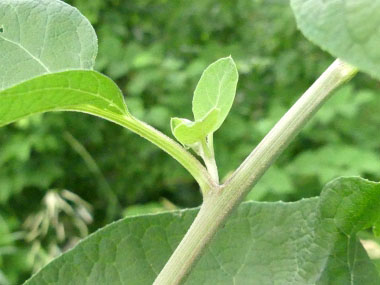
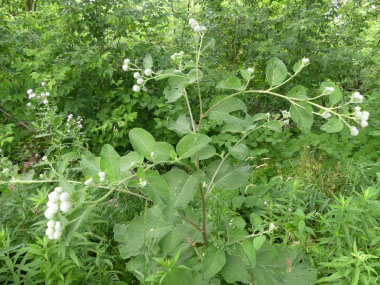
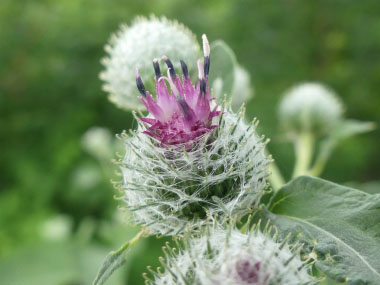
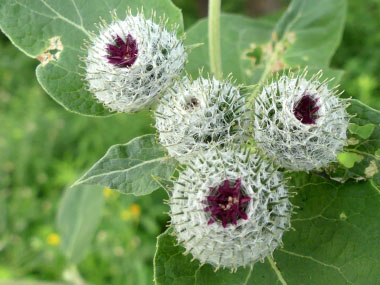
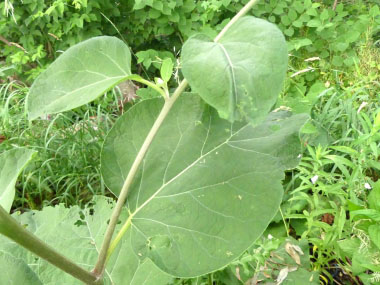
To support our efforts please browse our store (books with health benefits, etc.).
The woolly burdock is also commonly known as downy burdock and it is a species of burdock belonging to the Asteraceae family. It is thought that this plant was spread by large mammals after the Ice Age. This is a biennial plant that closely resembles the common burdock plant.
Distinguishing Features
This plant is a Eurasian introduction that can be clearly distinguished from the other burdocks by the abundant cobweb-like hairs that cover the floral bracts below their hooked tips. Like the common (or greater) burdock (Arctium lappa) there are many similaries between the two plants.
Flowers
Many globose flower heads grow in panicles. A single flower measures approximately 2.5 cm (1”) with the capitula surrounded by involucral bracts. Disc florets are purple and tubular. It has five stamens and the pistil has two fused carpels. Flowers occur anytime from June to September depending on geographic location.
 Fields
of Nutrition has medicinal benefits and vitamin/mineral content of Woolly Burdock.
Fields
of Nutrition has medicinal benefits and vitamin/mineral content of Woolly Burdock.
Leaves
Leaves are alternate, stalked, stalks with tomentum (woolly hair) when young. Blade broadly ovate, often cordate-based, sharp-tipped, small-toothed, dark green on top, hairy along veins, underside densely grey-cottony (tomentose). Leaf sizes vary and can reach up to 40 cm long and 30 cm wide.
Height
This plant grows anywhere from 50 to 150 cm (20 to 60”) tall. Stems branch at higher levels of the plant.
Habitat
The woolly burdock grows in disturbed areas, along roadsides, in farmland, forests as well as in open areas, wet and dry grassland.
Edible Parts
Young leaves are edible although quite bitter making them virtually inedible. Root is edible; use the root from the first year's growth. In the second year the root becomes too woody to eat but can still be used to make a tea. If harvesting for medicinal purposes, the root of the first year of growth is prefered in the autumn.
Other Name
Cotton Burdock.
Similar Plants
Winter Survival Food Handbook

PDF Plant Magazines
Types of Wild Food
Geographic Zones Seasons
Disclaimer
EdibleWildFood.com is informational in nature. While we strive to be 100% accurate, it is solely up to the reader to ensure proper plant identification. Some wild plants are poisonous or can have serious adverse health effects.
We are not health professionals, medical doctors, nor are we nutritionists. It is up to the reader to verify nutritional information and health benefits with qualified professionals for all edible plants listed in this web site. Please click here for more information.
Why Edible Wild Food?
- Food costs are rising
- Free, wild food is readily abundant
- Wild food adds nutrition to your diet
- Wild food can help treat various medical conditions





